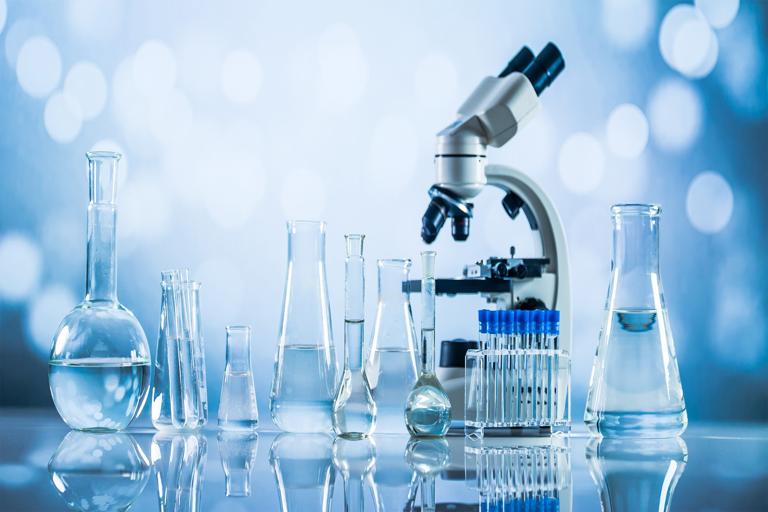A Sydney-based research team has developed an artificial intelligence system they say can detect early warning signs of earthquakes with remarkable accuracy. The breakthrough, which comes after three years of data modeling and seismic analysis, could provide communities with minutes — or even hours — of advance notice before tremors occur.
The project, led by Dr. Amanda Luo from the University of Technology Sydney, uses a neural network trained on thousands of seismic data points gathered from around the Pacific Rim. The model identifies subtle patterns in ground vibrations that precede fault slippage, an early indicator of earthquake activity.
‘It’s not about predicting the exact time or magnitude of an earthquake,’ explained Dr. Luo. ‘It’s about spotting the invisible indicators that something is shifting beneath the surface. Our AI listens to the earth in a way human analysts can’t match for speed or sensitivity.’
The system was tested using historical data from both Australian and global quakes, including those in Christchurch, San Francisco, and Tokyo. In retrospective trials, the model correctly identified pre-quake signals in over 87% of cases — a figure researchers say is unprecedented.
Australia is not known for large earthquakes, but minor seismic events do occur regularly. The team hopes the AI could help in areas such as the Snowy Mountains or Tasmania, where geological activity is often under-monitored. Real-time implementation is already underway in partnership with Geoscience Australia.
Beyond early warnings, the AI may also be useful in planning construction and infrastructure resilience. If deployed widely, it could inform engineers about micro-movements in the earth that affect long-term structural stability, particularly in urban areas with aging buildings.
Public response to the technology has been cautiously optimistic. Community safety advocates say that even a short alert window could make a meaningful difference — enabling people to shut down machinery, evacuate vulnerable spaces, or seek cover before shaking begins.
Dr. Luo and her team are now working on refining the model with localized data and hope to deploy it as part of a national seismic alert network within two years. ‘This is a big step,’ she said. ‘It’s about giving people time. And in a disaster, even a little time can mean everything.’
